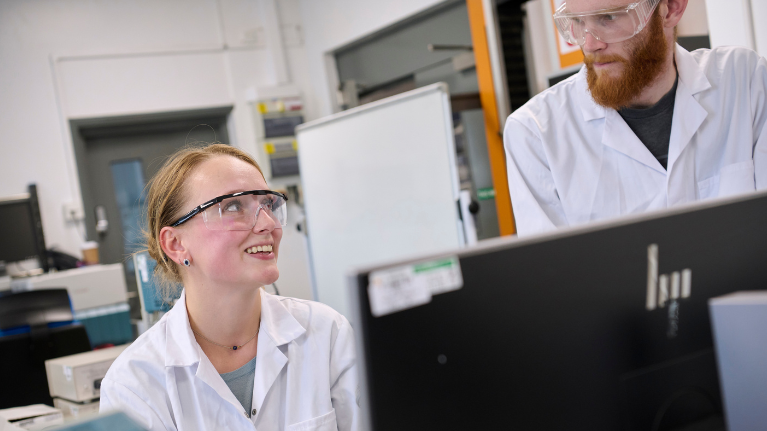
U-DECIDE: Preventing short-term urethral catheters becoming long-term
A mixed-methods study of community nursing practice and decision-making
A mixed-methods study of community nursing practice and decision-making:
This study aims to provide community nurses with tools that will enable them to make confident and appropriate decisions about the timely removal of indwelling urinary catheters for patients discharged into the community.
About the project
Nearly one in ten patients are discharged from hospital with an indwelling urinary catheter. The longer a catheter is left in, the higher the risk of developing a urinary tract infection and other related morbidities. The management of urinary catheters and associated adverse events inflicts a considerable financial burden on the NHS and impacts patient safety.
Previous research suggests that the reasons for a catheter being in place, when it was inserted and when it should be removed are not always documented in the patient’s discharge notes. Nurses and other support staff in the community are then left unclear about why the patient has a catheter and do not feel confident in making decisions on when it is appropriate to remove the catheter.
Data from the NHS Thermometer would suggest that the proportion of patients with a catheter has not changed over time, suggesting that service improvement to reduce the use and duration of catheterisation have not been successful.
This study will contribute to the evidence base for patient care by generating an understanding of the gap between current practice and best practice, and the development of decision support tools and ways of working that will facilitate adherence to evidence-based guidelines (Loveday et al, 2014) for urinary catheter removal.
This project uses a fixed mixed methods design (Creswell & Plano, 2011) with the following phases of data collection:
Phase 1: Assessment of current practice
- a) Patients referred with new UC: quantitative data on patients discharged from hospital with a new UC and the associated management plan
- b) Process map and system barriers related to UC: qualitative data from focus groups and interviews with healthcare workers to understand the system barriers to catheter removal and the current process map for UC management
Phase 2: Intervention to assist appropriate removal of UC in community patients
Co-production, with stakeholders, of an intervention and decision tool to enable community nurses to take ownership of the appropriate and timely removal of UC. This will be piloted and evaluated by capturing data as described in Phase 1a.
The research is being undertaken in collaboration with the continence advisers based in a Hounslow & Richmond Community MHS Trust.
Impact and research team
-
Impact
This is a small-scale study with important implications for practice that will be transferable to similar settings and services. If successful, the intervention will be scaled-up and its generalisability trialled in a pragmatic randomised controlled trial or research-driven implementation programme.
-
Research team members
- Professor Heather Loveday - Director of Research (UWL)
- Professor Jennie Wilson - Professor of Healthcare Epidemiology (UWL)
Additional information
- This project is funded by the General Nursing Council Trust (GNCT)
- For more information, please contact Professor Heather Loveday: heather.loveday@uwl.ac.uk
Find out more
-
Research Centres and Groups
Find out about our multi-disciplinary areas of expertise, PhD research, and teaching.
-
Research impact
Learn how our PhD research has helped communities locally, nationally and internationally.
-
The Graduate School
If you are interested in studying for a PhD or Professional Doctorate, the Graduate School is here to support your research.




